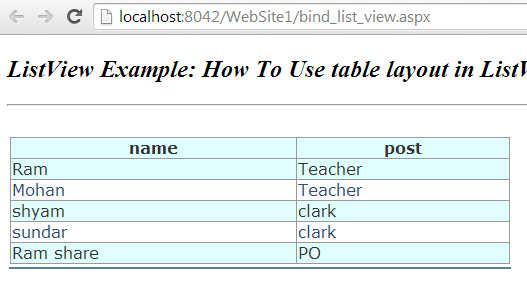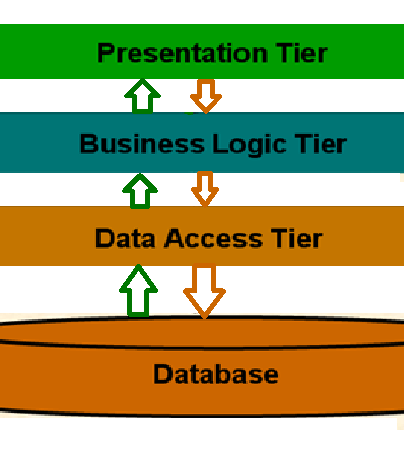SQL Server Exception Handling by TRY-CATCH
SQL Server Exception Handling by TRY…CATCH
The SQL is the set of instructions that are used to interact with a database. SQL (Structured Query Language) is the only language that most databases actually clearly understand. Whenever we interact with a database, the software translates your commands (whether they used GUI comment or queries) into SQL statement that the database knows how to work. Now we try to consider maximum here. I think you can get useful and important information here.
Exception Handling by TRY…CATCH:
SQL Server also has an exception model to handle exceptions
and errors that occurs in T-SQL statements. To handle exception in Sql Server
we have TRY..CATCH blocks. We put T-SQL statements in TRY block and to handle
exception we write code in CATCH block. If there is an error in code within TRY
block then the control will automatically jump to the corresponding CATCH
blocks.
SQL Server Exception Handling Syntax:
BEGIN TRY
--T-SQL statements
--or T-SQL statement blocks
END TRY
BEGIN CATCH
--T-SQL statements
--or T-SQL statement blocks
END CATCH
SQL Server Exception Handling Example :
IF OBJECT_ID ( 'usp_GetErrorInfo', 'P' ) IS NOT NULL
DROP PROCEDURE
usp_GetErrorInfo;
GO
-- Create procedure to retrieve error information.
CREATE PROCEDURE usp_GetErrorInfo
AS
SELECT
ERROR_NUMBER() AS
ErrorNumber
,ERROR_SEVERITY()
AS ErrorSeverity
,ERROR_STATE() AS
ErrorState
,ERROR_PROCEDURE()
AS ErrorProcedure
,ERROR_LINE() AS
ErrorLine
,ERROR_MESSAGE()
AS ErrorMessage;
GO
BEGIN TRY
-- Generate
divide-by-zero error.
SELECT 1/0;
END TRY
BEGIN CATCH
-- Execute error
retrieval routine.
EXECUTE
usp_GetErrorInfo;
END CATCH;
Other Related Post:


Comments
Post a Comment